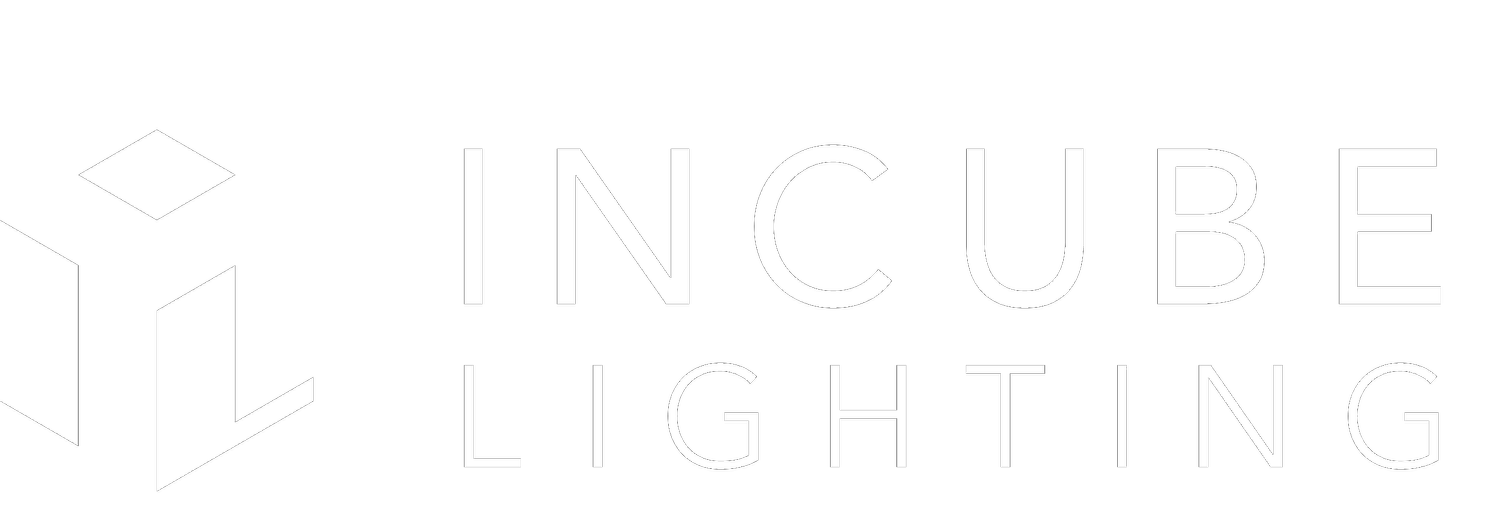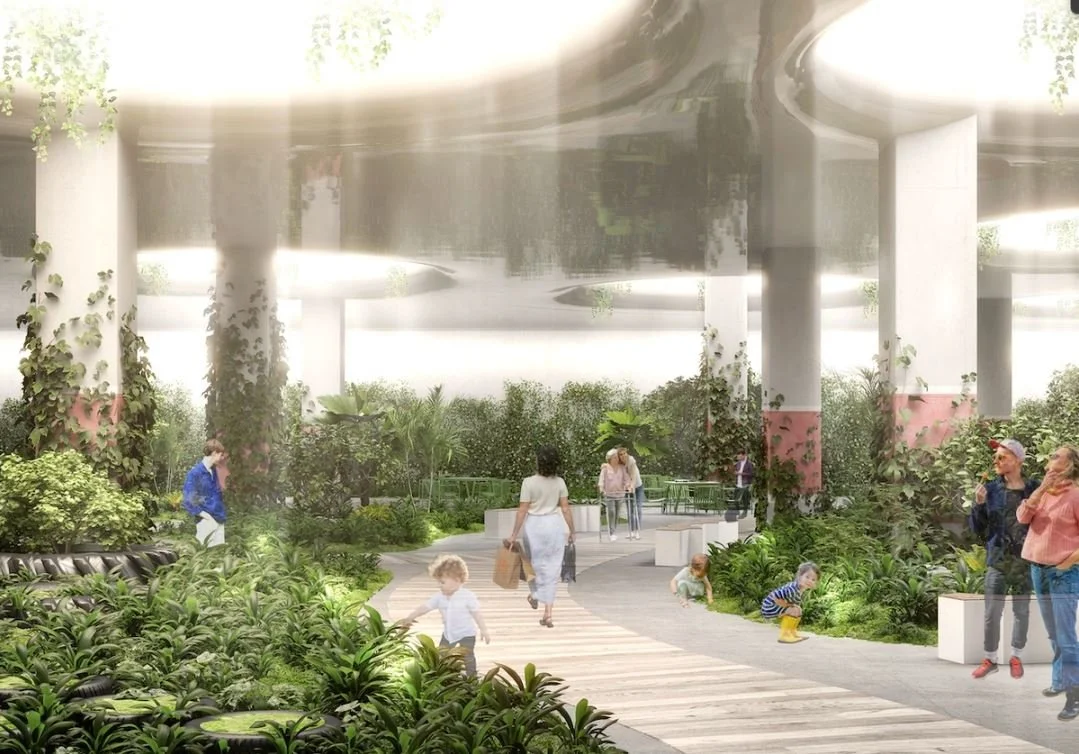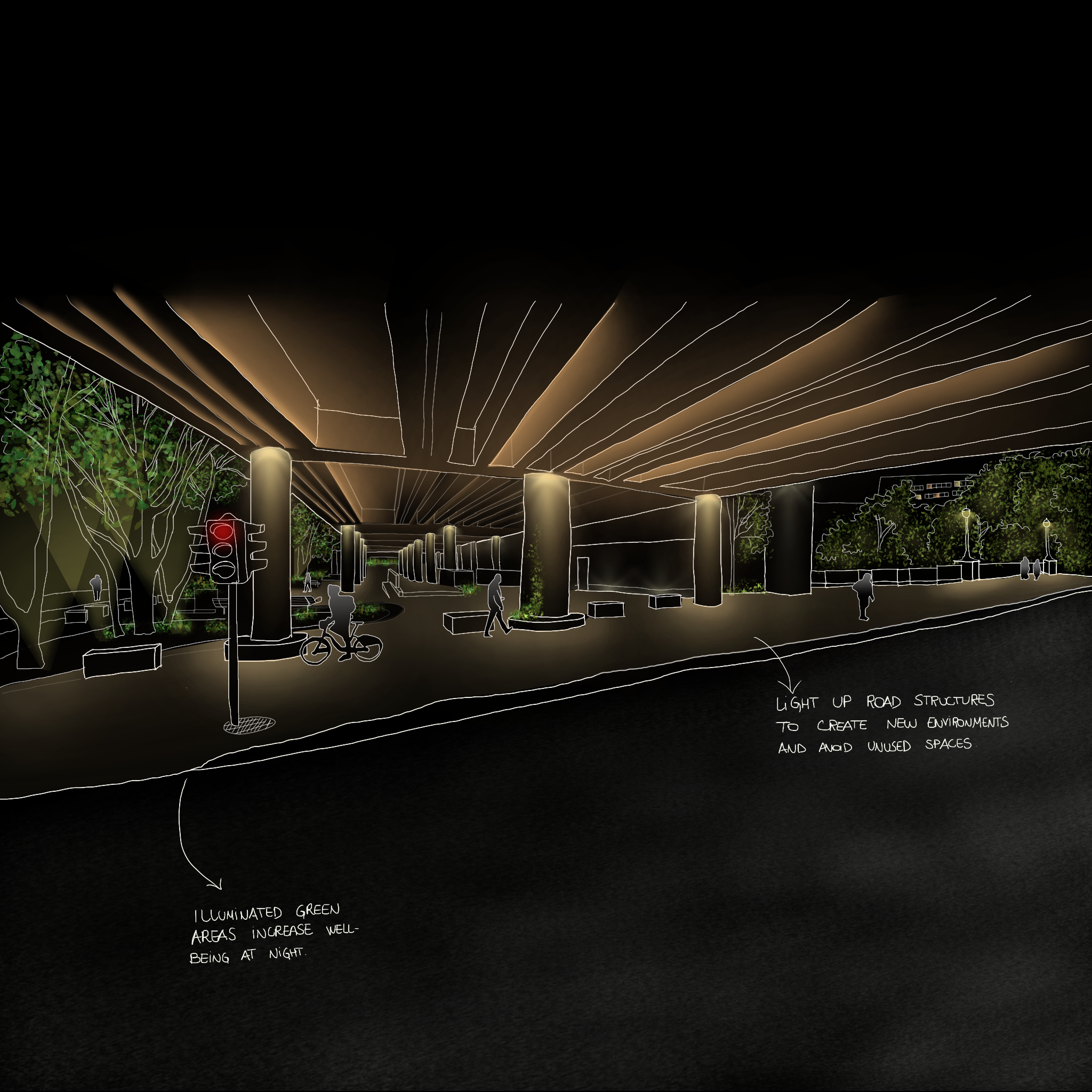Thoughtful planing for both natural and artificial light is the key to regenerate our neighbourhoods and and give new life to existing buildings
Team: Andres Barreto, Maria Perdomo, Giovanna Taques, Adrian Muros Alcojor
Light plays a vital role in our daily lives. It is fundamental to our existence, linking cultural, economic, social and political aspects of our global society.
The rapid growth and expansion of cities, emergence of new technologies, and the increasing recognition for healthier, more sustainable and resilient urban environments creates a wide range of opportunities to rethink the design and function of cities at night.
Today, cities are incredibly complex systems. They are made up of an enormous variety of components, all operating within unique cultural, economic and climatic contexts. A city’s structural and environmental diversity is further complicated by an increasing diversity of citizens—from children and young adults to disabled and elderly, from ethnic minorities to tourists and commuters.
We must rethink urban lighting beyond just a functional add-on for safety or beautification and recognize it as an opportunity and fundamental solution to improve the quality of life for urban citizens. Many of our current city structures and systems have evolved to serve car-based urban mobility; street lighting in particular often services the needs of cars, and not pedestrians. With a growing shift towards integrated multi-modal transport systems this approach needs to be rethought. Time and effort should be placed at the start of all urban design and regeneration efforts to explore and define a dynamic narrative that embraces the night-time.
Our input for this Triennale is to show how integrated and holistic lighting strategies that go beyond a focus on public safety and private commercial advertising strategies can be integrated in the city systems in order to enable lighting that is responsive to specific situations and contexts.
We attach a set of sketches that describe the walking path of a person trough the neighbourhood of Grønland Oslo. We finish at the path the Spectrum parking building. We believe parking buildings will become obsolete in the near future and this will allow as to repurpose the building in order to integrate it into the city public fabric. We propose to create a green oasis using a hybrid lighting technology that collects, transports and simulates natural light. Is the same technology that is currently installed and under research at the OBOS living lab in Oslo.
We strongly believe that growing our understanding of the impacts of light on human behaviour could help us design more inclusive and liveable urban environments.
Impact
Light is essential to all forms of life. As we are aiming at transforming our neighborhoods and cities into sustainable eco systems, we need to understand how light is a valuable source: Not only for biological, but also for social processes. This project will increase awareness of thee importance of light amongst architects, public decision makers as well as professionals and citicens involved in city planning. An awareness of how natural, hybrid and artificial light can be brought into the development processs already at an early stage of projects, regeneration initiatives and long term strategig plans.





